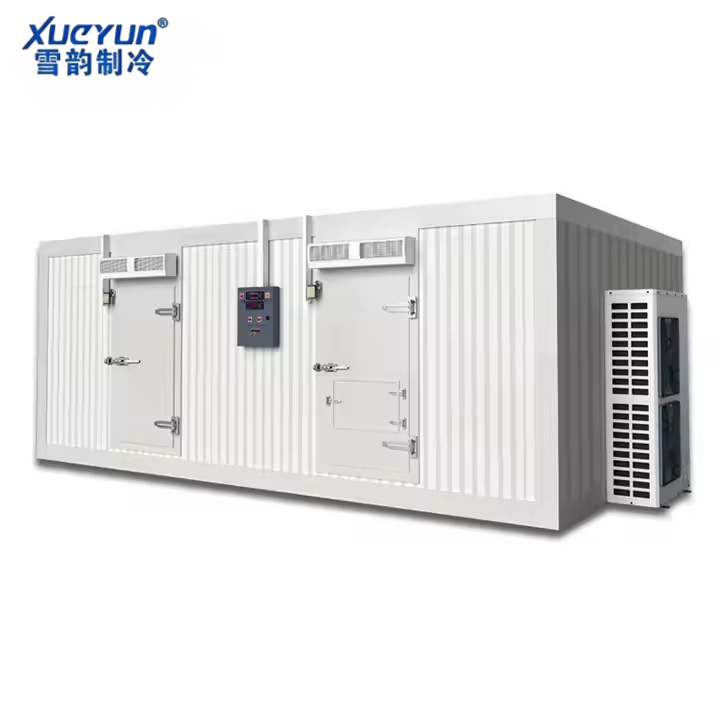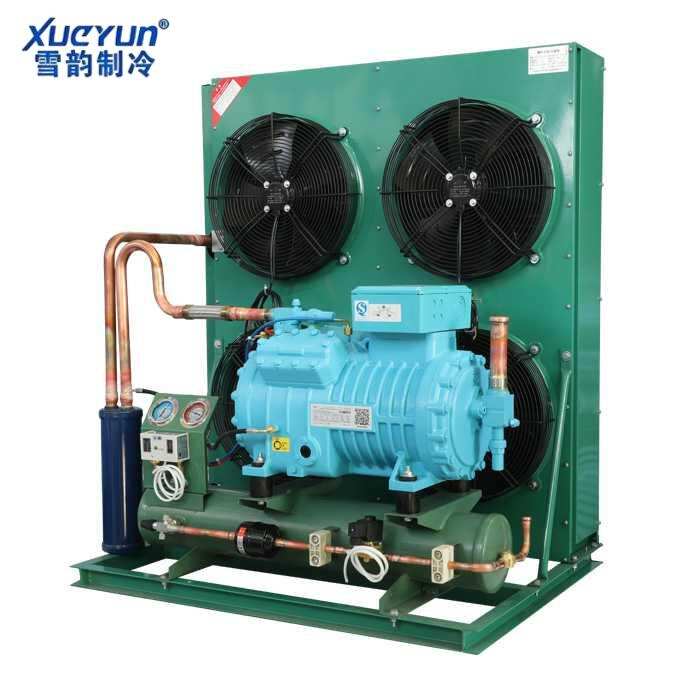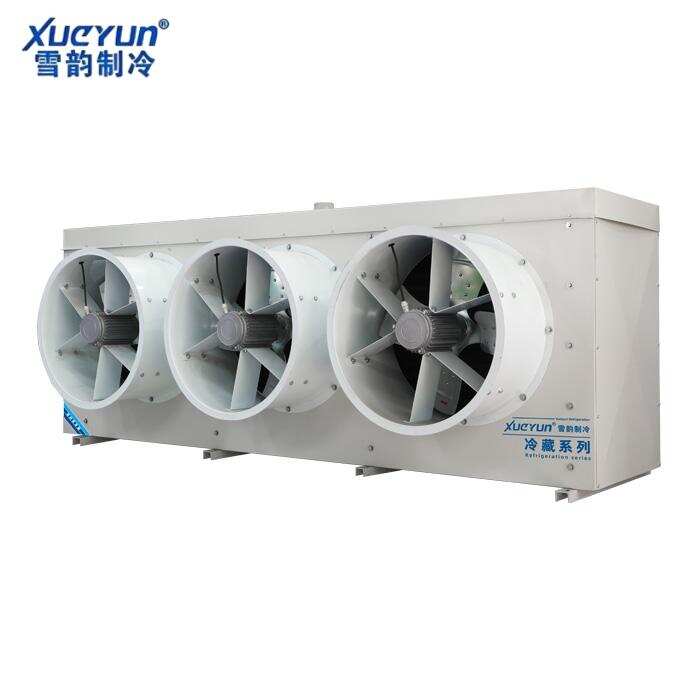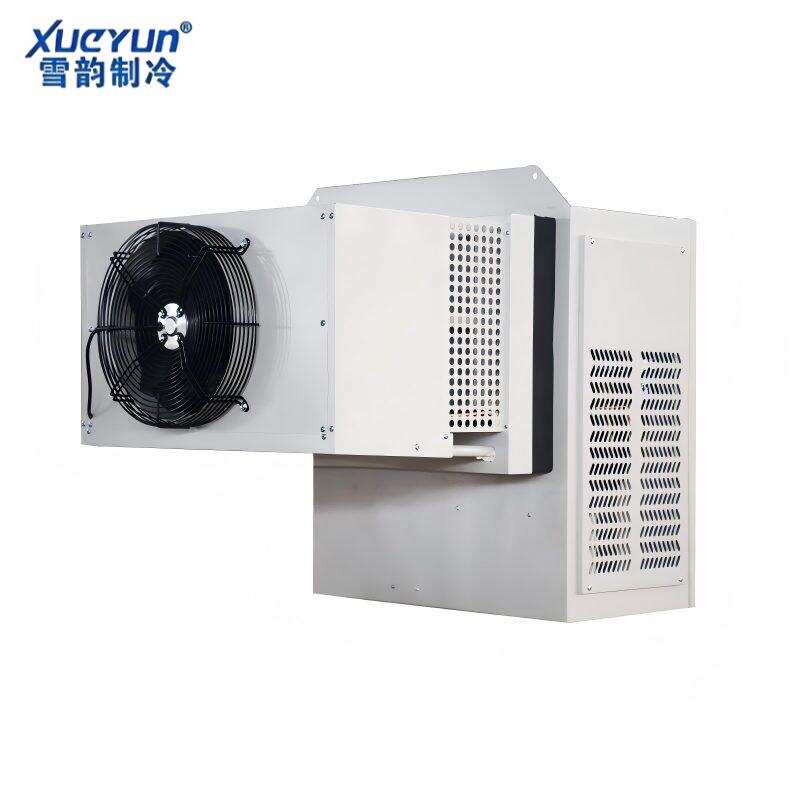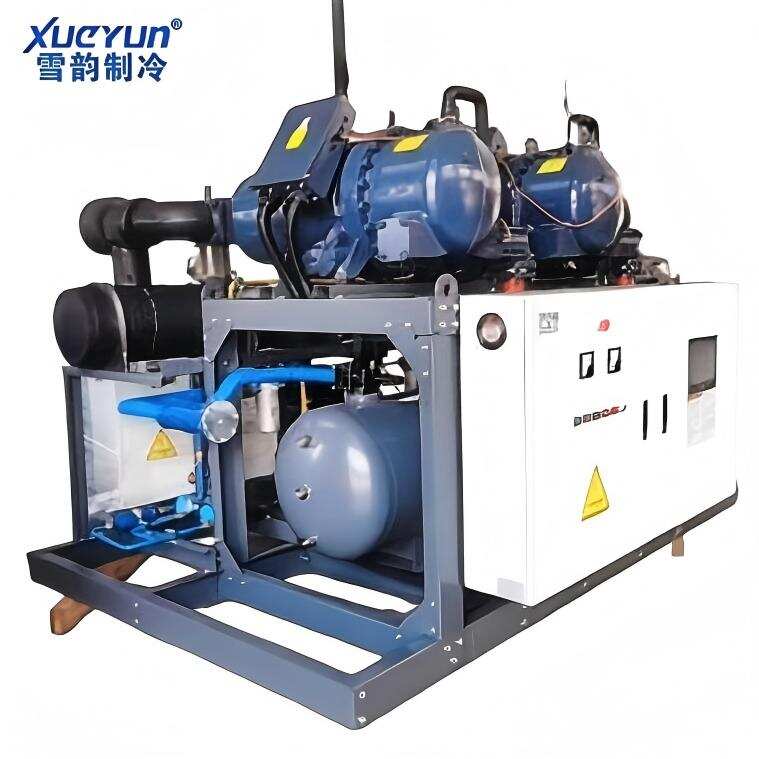
Top Products

Seafood needs to be stored in a suitable environment to keep their nutritious values intact. Apart from other methods of preserving seafood, storing in a cold room remains the best method of preservation. Blast cold rooms are more suitable for preserving seafood and other related products.
The best temperature to store your fish is -4°F (-20°C). The temperature will keep your fish preserved and suitable for consumption for a long time. It will be suitable to prepare sushi, sashimi or any other fish delicacy. However, if you buy in large quantity, the best place to save your fish is in a blast freezer. This will allow cool air to circulate the fish and keep it fresh.
Seafood cold room storage is a type of temperature-controlled storage facility that is used to store seafood products at a temperature range of 0°C to 4°C (32°F to 39°F). This temperature range is known as the "cold zone," and it is designed to help preserve the quality, flavor, and texture of the seafood while also preventing the growth of harmful bacteria.
In a seafood cold room, the temperature and humidity levels are carefully controlled to create an environment that is optimal for storing seafood. The room may also be equipped with air conditioning and ventilation systems to help maintain the desired temperature and humidity levels.
Seafood cold storage facilities are commonly found at commercial fishing ports, processing plants, and distribution centers. They are used to store a variety of seafood products, including fresh, frozen, and processed seafood.
Here are five key selling points for a seafood cold storage system:
1. Optimal Freshness: Maintains a consistently low temperature to preserve the delicate texture and flavor of various seafood, ensuring premium quality over extended periods.
2. Versatile Storage: Capable of accommodating a wide range of seafood, from shrimp and crab to high-value items like lobster and abalone, making it suitable for diverse inventory needs.
3. Energy Efficiency: Designed to minimize energy consumption while maintaining optimal freezing conditions, reducing operational costs for large-scale storage.
4. Advanced Preservation: Utilizes cutting-edge freezing technology to prevent freezer burn and moisture loss, protecting the integrity and market value of the seafood.
5. Customizable Solutions: Offers tailored storage options to meet specific client requirements, whether for large industrial operations or specialized seafood products.
Seafood cold rooms are used in a variety of settings, including:
● Fish processing plants: Cold rooms are used to store freshly caught or processed seafood products before they are shipped or sold to customers.
● Wholesale seafood markets: Cold rooms are used to store a variety of seafood products that are sold to restaurants and other food service establishments.
● Retail seafood stores: Cold rooms are used to store seafood products that are sold to consumers, such as fresh or frozen fish, shellfish, and other seafood products.
● Restaurants and other food service establishments: Cold rooms are used to store seafood products that are used in the preparation of meals.

